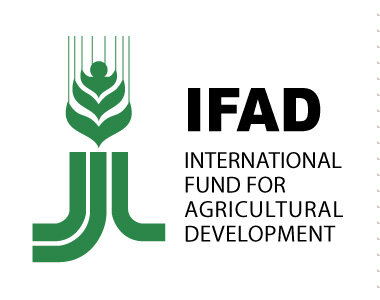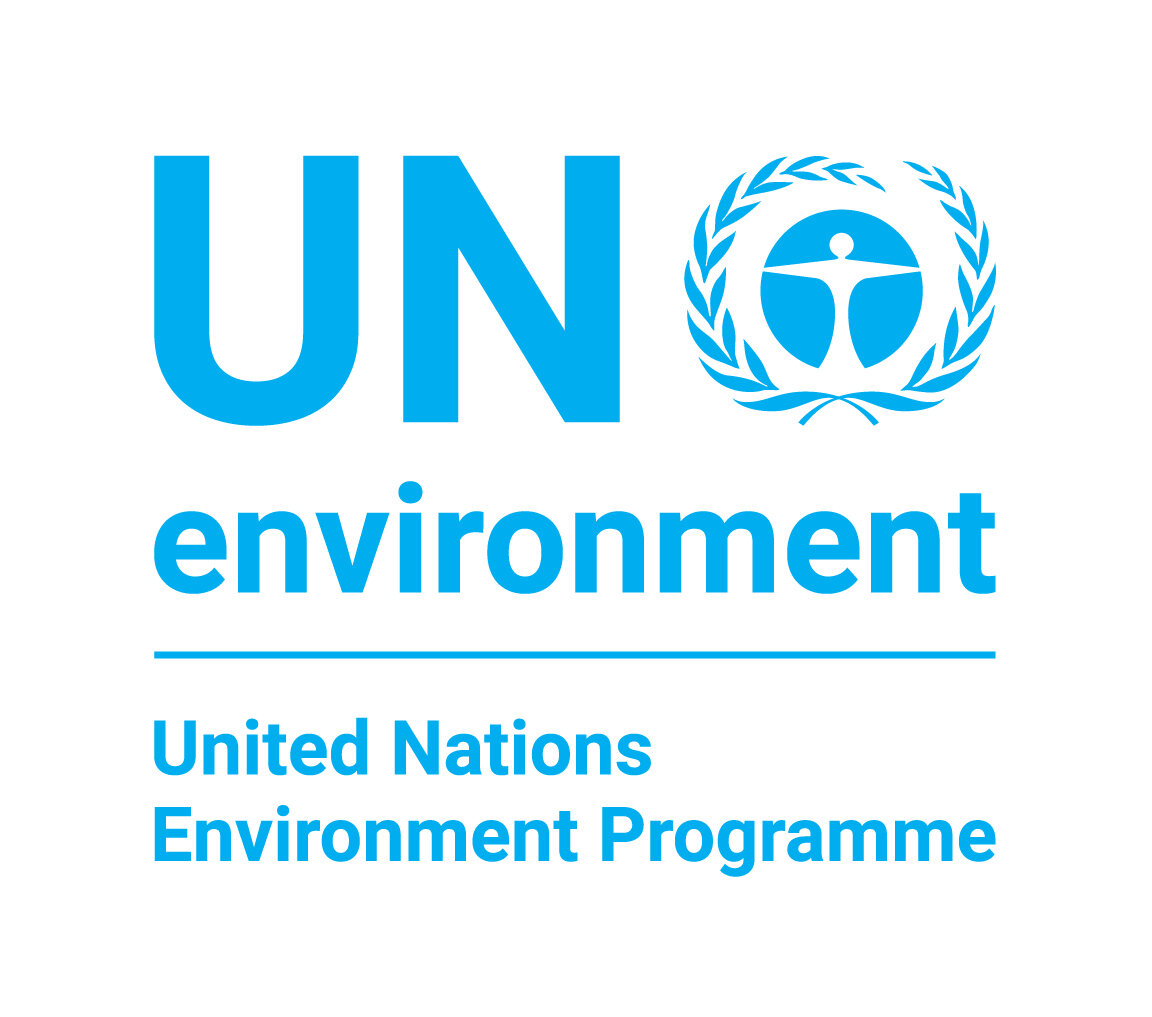DATAR is a tool that provides farmers worldwide with:
Data on crop varieties, livestock breeds, and aquatic farmed-types and their functional traits
Where to get the crop seeds, animal breeds, and aquatic farmed types: from local communities to public and private companies
DATAR was recently featured in IFAD’s Resilient Food Systems Monthly Update (Section 4)
INTRODUCTION
Agricultural development and climate resilience planning begins with an assessment of the resources available to farming communities. Most often these assessments focus on deciding what species of crops, livestock or aquatic animal would be best adapted to the local conditions. Less attention has been given to assess the considerable amount of agrobiodiversity, in particularly the amount and distribution of traditional crop, livestock and aquatic genetic diversity, that continues to be maintained in the agro-ecosystems of small-scale farmers in the form of diverse sets of traditional crop varieties, traditional breeds and aquatic farmed types (FAO 2010a; FAO 2010b; FAO 2015; FAO 2019).
A large amount of crop genetic diversity continues to be used and preserved on farm in the form of local varieties (Jarvis et al., 2008; 2011). In livestock, pastoralist and smallholder famers play an important role in the sustainable use of adapted breeds (FAO 2009). The use of a diversity of species and breed herds and flocks is a recognized and widely-spread strategy against climatic and economic adversities for traditional livestock farmers (Galluzzi et al. 2011). For aquatic resources, a large diversity of edible aquatic organisms is still maintained in rice-based ecosystems (Halwart & Bartley 2013). Most of the global aquaculture production comes from small and medium –sized farms (Lazard et al. 2010).
THE AGROBIODIVERSITY DIVERSITY ASSESSMENT TOOL
The Diversity Assessment Tool for Agrobiodiversity and Resilience (DATAR) is developed as a scientific IT tool to conduct assessments on intra-specific genetic diversity on farm and at community level for intra-specific genetic diversity of crop, livestock and aquatic farm types at farm and community level. The gender and age sensitive tool provides national programs with the ability to both, (i) assess the constraints encountered by farmers and farming communities to be able to benefit from the use of their own local crop and animal biodiversity, and (ii) to use this diversity to improve local agricultural productivity and agroecosystems resilience.
Using this step-wise tool, national programs can determine when and where there is sufficient crop variety and animal breed diversity available for farmers to meet their environmental and social economic demands and improve their production landscapes. The tool provides a portfolio approach to interventions determined by whether the constraint is due to (a) the lack of sufficient diversity of crop varieties and animal breeds within the production system; (b) the lack of access by farmers to available diversity, (c) the limitations in information on the performance of varieties available in key aspects, and (d) the inability of farmers and communities to realize the true value of the materials they manage and use.
The DATAR system includes (1) aBack Office Web App for Administrators, Scientist, Program Leader, Translators, (2) The Android App for Researcher on the field, and (3) The Android App for Farmers / End User. The system is based on 20 years of protocols already developed for crops, and is currently being adjusted for livestock and aquatic resources. The DATAR application should work on tablet, computer, and cell phone. The cost-effectiveness of data collection – with improved data quality and speed of collection — using tablets and applications, has been demonstrated for biodiversity conservation surveys (Barrett and Headey, 2014; Leisher, 2014). The system follows a protocol of linking the outputs of focus group discussions, household surveys and empirical data to allow the identification and location of crop, livestock and aquatic agrobiodiversity across the landscape, and allows researchers to add in varieties or breeds or fish populations with their descriptions and functional traits. The information is then analysed and fed into a heuristic decision making framework. The system links data collection and decision-making, allows the user to systematically collect and securely keep data, saves time in data analysis, is open access, and can be customized so that it is adapted to available to the time and resources of the user.
THE DATAR MODULES
The DATAR application has three main modules. The first module “Agrobiodiversity data” would encompass data collection, data analysis, measurements of indicators, and would give a summary of the state of intra-specific genetic diversity at a given time. This module allows estimating the extent and distribution of diversity in the farmers’ production systems. This is the first step in determining whether there is sufficient diversity of crop varieties or livestock breeds within a production system to meet the variousneeds of farming communities. The second module “Agrobiodiversity interventions” is an intervention/decision tree guiding DATAR users towards adapted intra-specific genetic diversity based interventions depending on their constraints and priorities. Constraints and priorities are either already identified or will be identified following the module “Agrobiodiversity data”. The third module “Agrobiodiversity impact” will measure the impacts of the interventions conducted on agrobiodiversity itself and the resilience of livelihoods and production systems.
Agrobiodiversity Data
Agrobiodiversity Interventions
Agrobiodiversity Impact
Donors
App available for download soon




